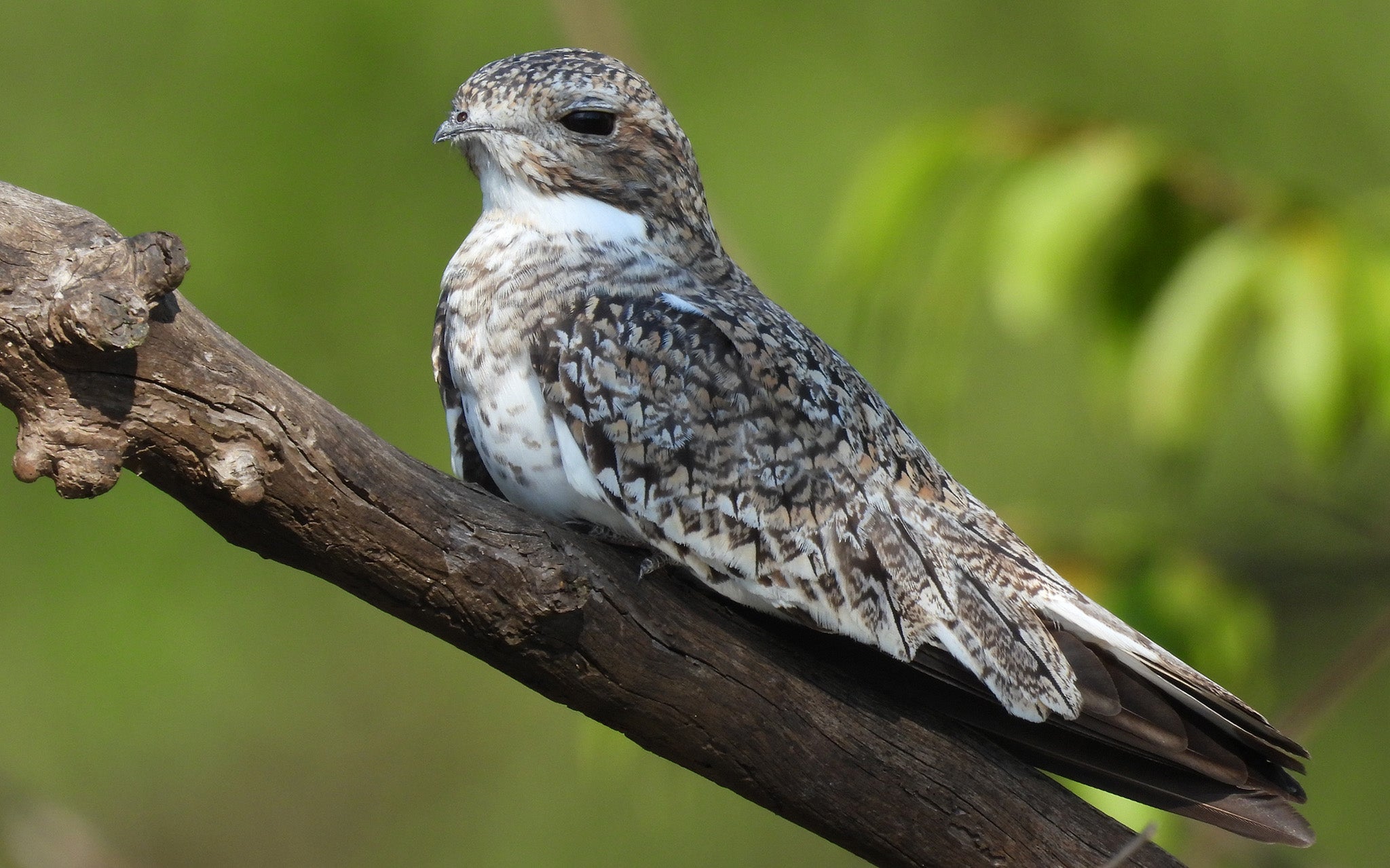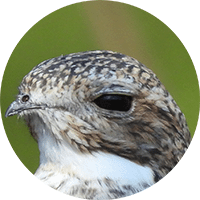Sand-colored Nighthawk
The Sand-colored Nighthawk (Chordeiles rupestris): Read in Spanish
Appearance: The Sand-colored Nighthawk is a medium-sized nightjar with a cryptic appearance suited for its arid habitat. It has sandy-colored plumage with intricate patterns of streaks and mottling that provide excellent camouflage on sandy or rocky substrates. This species has long, pointed wings, a short bill surrounded by bristles, and large eyes adapted for nocturnal vision. Both males and females resemble each other in plumage, with subtle differences in size and markings.
Habitat: Sand-colored Nighthawks are found in arid and semi-arid regions, including deserts, scrublands, savannas, rocky outcrops, and sandy areas. They prefer open areas with sparse vegetation, where their cryptic plumage helps them blend in with their surroundings. These birds may also inhabit agricultural areas, urban fringes, and disturbed habitats within their range.
Behavior: Sand-colored Nighthawks are primarily crepuscular and nocturnal, becoming most active during dawn and dusk. They are skilled aerial hunters, feeding on insects caught in flight using their agile flight maneuvers and wide mouths. During the day, they roost on the ground, rocks, or low vegetation, relying on their camouflage to avoid detection by predators.
Breeding: The breeding season of Sand-colored Nighthawks varies depending on their range and local conditions. Courtship displays typically involve aerial acrobatics, vocalizations, and mutual preening between mates. Females lay one or two eggs on the ground, often in a scrape or depression hidden among rocks or vegetation. Both parents share incubation and chick-rearing duties, with chicks fledging within a few weeks of hatching.
Conservation Status: The conservation status of the Sand-colored Nighthawk in Colombia may vary regionally, but the species is generally considered to be of least concern globally.
Distribution
The Sand-colored Nighthawk (Chordeiles rupestris)
Amazon Basin: Near Leticia, southeastern Colombia, the Sand-colored Nighthawk is present only from mid July to late September
Taxonomy
The Sand-colored Nighthawk (Chordeiles rupestris)
- Kingdom: Animalia
- Phylum: Chordata
- Class: Aves (Birds)
- Order: Caprimulgiformes
- Family: Caprimulgidae
- Genus: Chordeiles
- Species: Chordeiles rupestris
Vocalization
The Sand-colored Nighthawk (Chordeiles rupestris)
- Flight Call: One of the most recognizable vocalizations of the Sand-colored Nighthawk is its flight call, which is a sharp and nasal "peent" sound. This call is often repeated as the bird flies over its territory or during its nocturnal hunting flights.
- Song: The Sand-colored Nighthawk may also produce a melodious song characterized by a series of whistling or churring notes. This song is commonly heard during the breeding season and is used to attract mates and establish territories.
- Churring Sounds: In addition to its flight call and song, the Sand-colored Nighthawk may also produce churring sounds while perched or during courtship displays. These churring sounds are often soft and rhythmic, adding to the bird's vocal repertoire.





